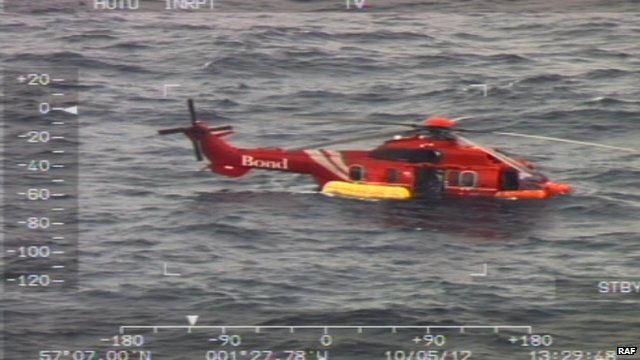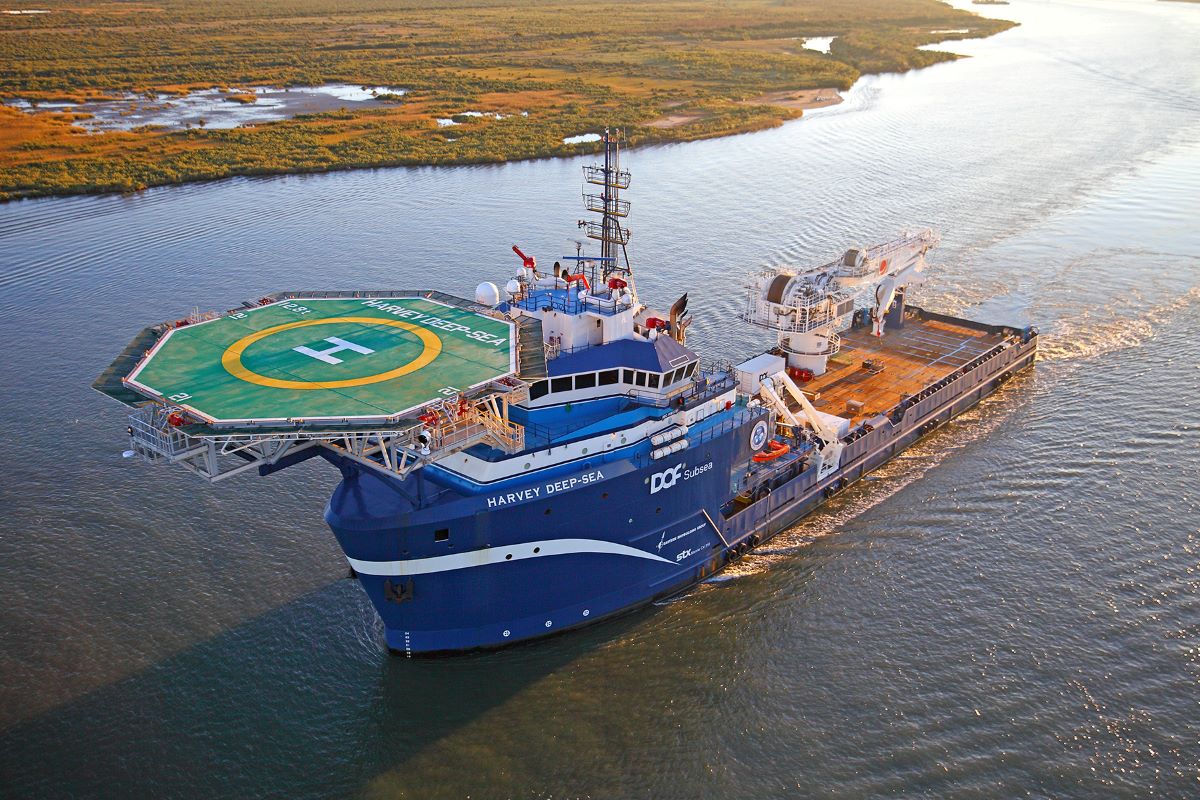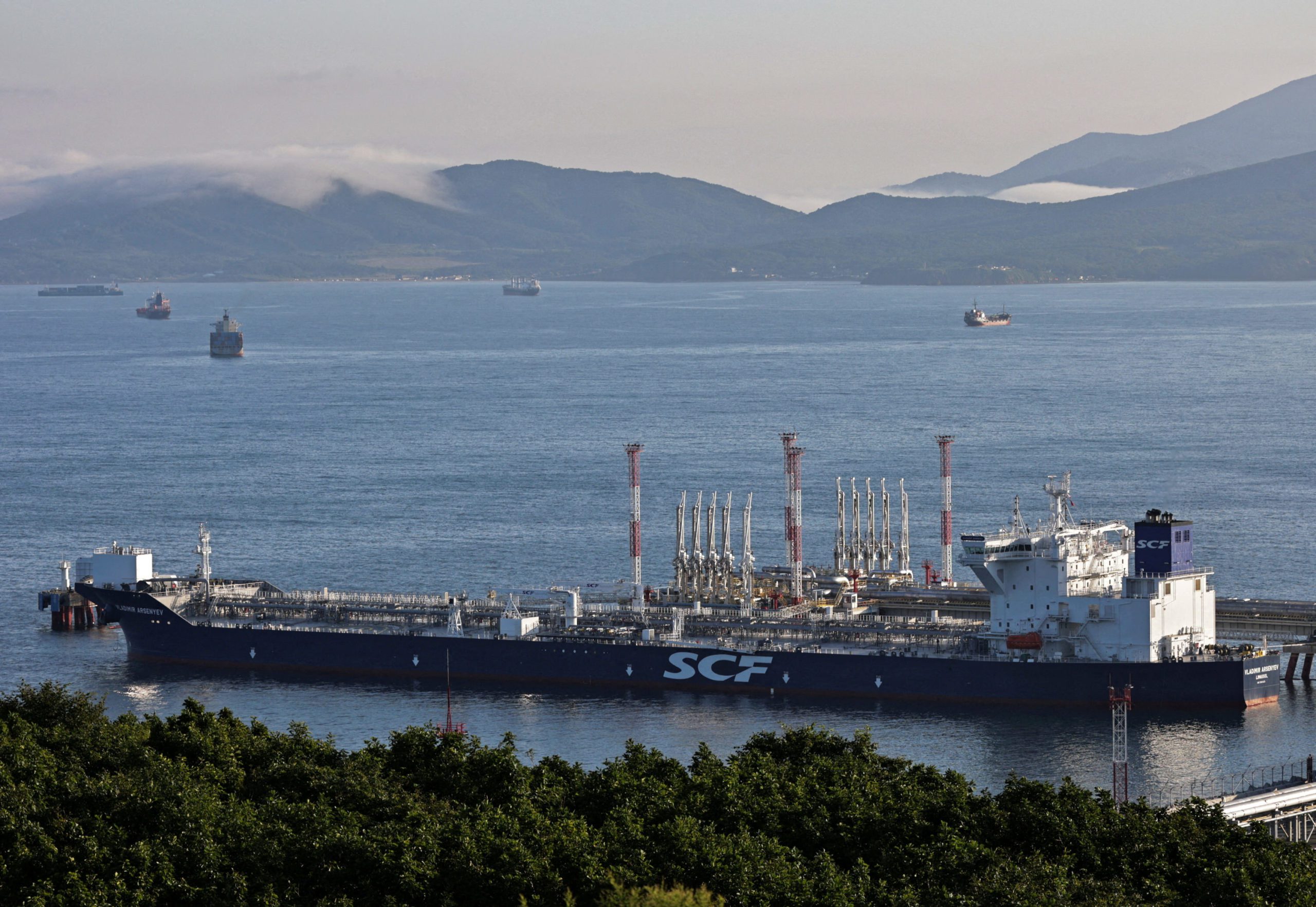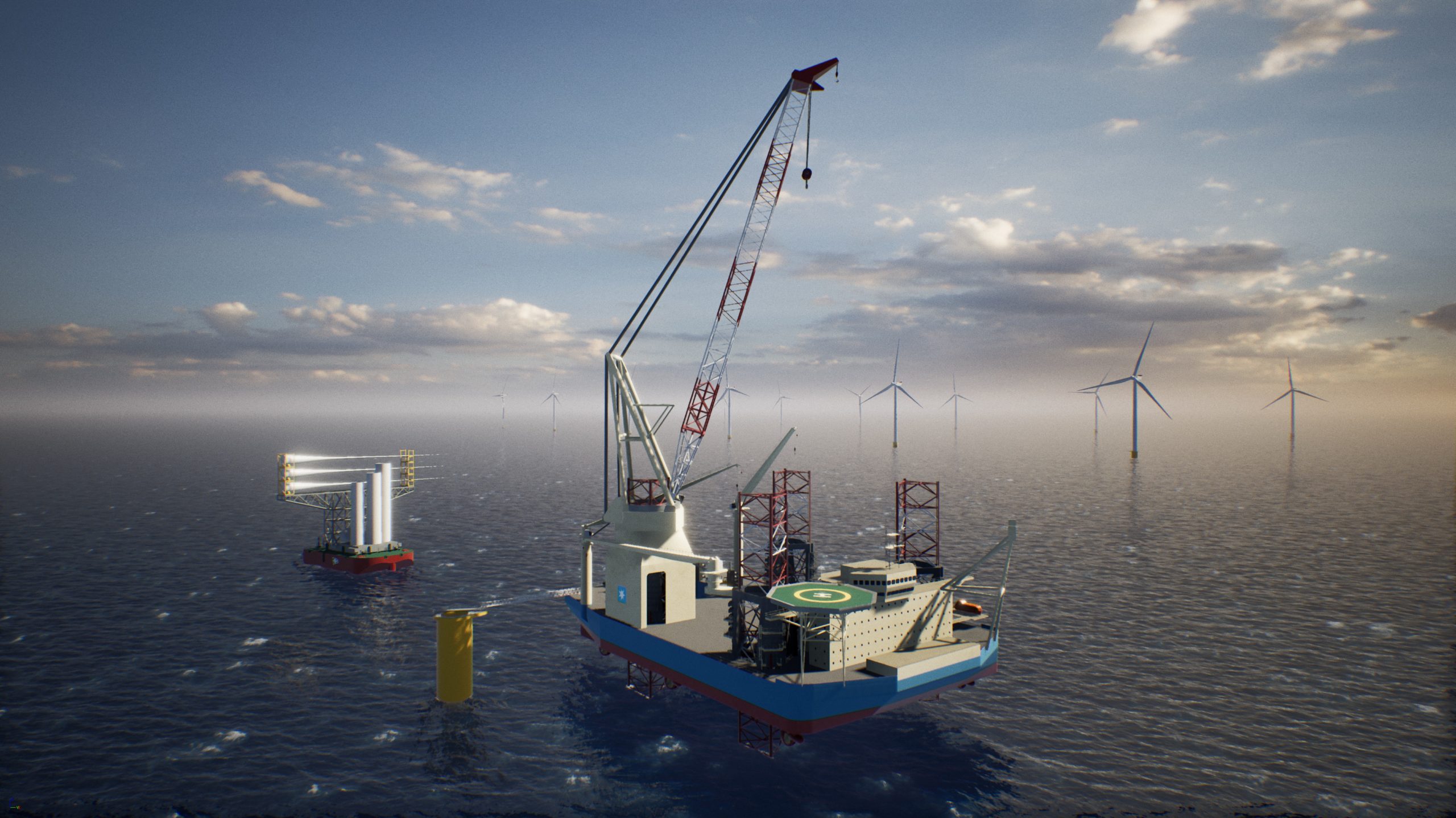A Super Puma helicopter ditches in the North Sea in May 2012. Image (c) RAF
The U.K. Civil Aviation Authority (CAA) on Thursday announced a series of measures aimed at increasing the safety of offshore helicopter flights to and from offshore oil rigs following a a number of fatal crashes and ditches.
The new measures are the result of a comprehensive review into offshore helicopter operations in the North Sea launched after four oil workers were killed when a Super Puma L2 helicopter crashed into the sea off Scotland’s Shetland islands in September 2013. The crash was the fifth incident in four years in the area involving different Super Puma models, including a fatal crash in April 2009 in which 16 people were killed.
The review was undertaken by the CAA in conjunction with the Norwegian CAA and the European Aviation Safety Agency (EASA) and the findings were released Thursday.
“The safety of those who rely on offshore helicopter flights is our absolute priority.” said CAA Chair Dame Deirdre Hutton. “The steps we are announcing today will result in significant improvements in safety for those flying to and from offshore sites in the UK and potentially worldwide.”
Under the new measures, the CAA will prohibit helicopter flights in the most severe sea conditions so that the chance of a ditched helicopter capsizing is reduced and a rescue can be safely undertaken.
In addition, passengers will only be able to fly if they are seated next to an emergency window exit to make it easier to get out of a helicopter, unless helicopters are fitted with extra flotation devices or passengers are provided with better emergency breathing systems. The new measures also require all passengers to have better emergency breathing equipment to increase underwater survival time unless the helicopter is equipped with side floats.
The CAA said there will also be important changes to the way pilots are trained and checked and the regulator will take on the role of approving each offshore helideck to ensure they meet strict safety standards.
In the meantime, the CAA says it is expecting helicopter operators to make improvements to helicopters and survival equipment to include the fitting of side floats; the implementation of automatic flotation equipment; the addition hand holds next to push out windows; and improvements to life rafts and lifejackets.
The Offshore Petroleum Industry Training Organisation (OPITO) is also expected to improve survival training for offshore workers.
“We expect helicopter operators, the oil and gas industry and EASA to move forward with recommendations to them as soon as possible,” said Hutton.” For our part, the CAA is already taking forward actions directly under our control. We will monitor and report regularly on progress, so that people can have confidence that these important changes are being implemented as quickly as possible.”
The CAA said will establish and chair a new safety forum that will ensure the new measures are enacted.
The full CAA Safety Review can be found HERE.

 Join The Club
Join The Club











